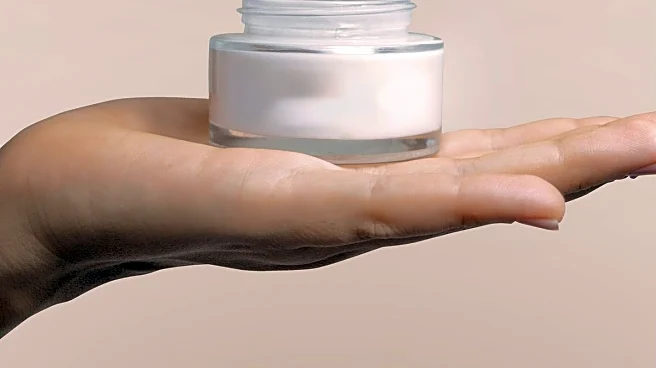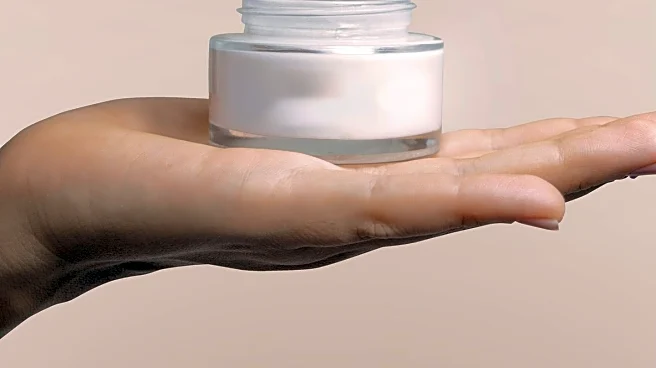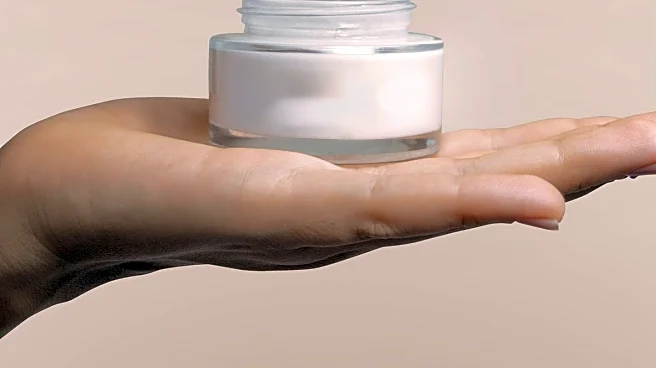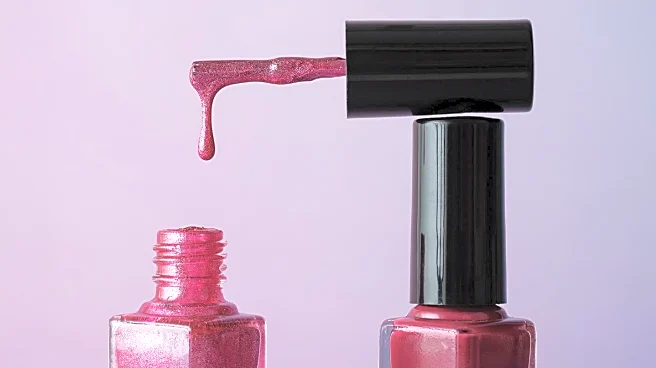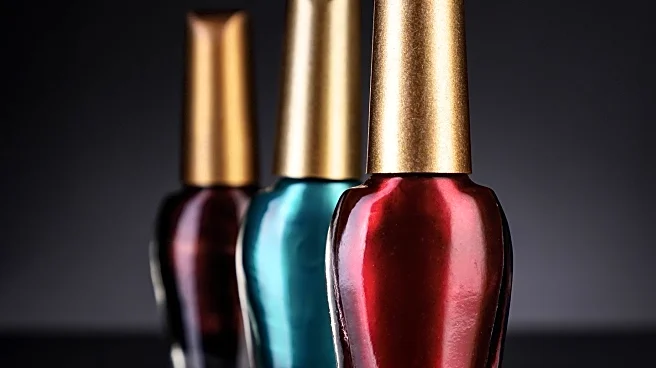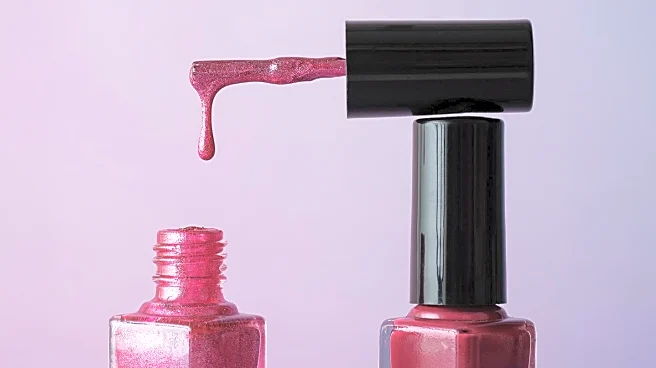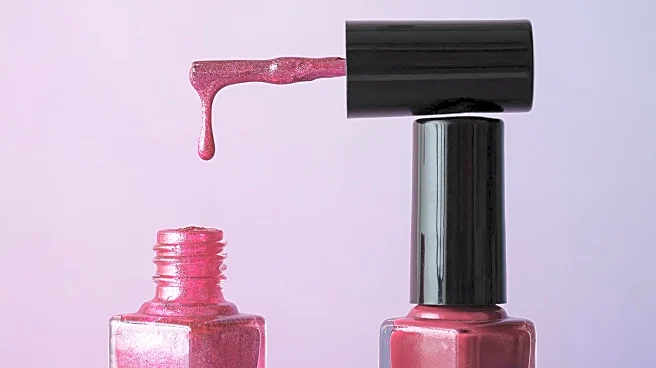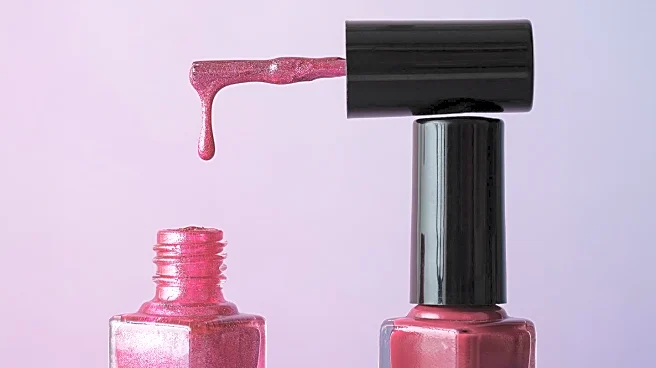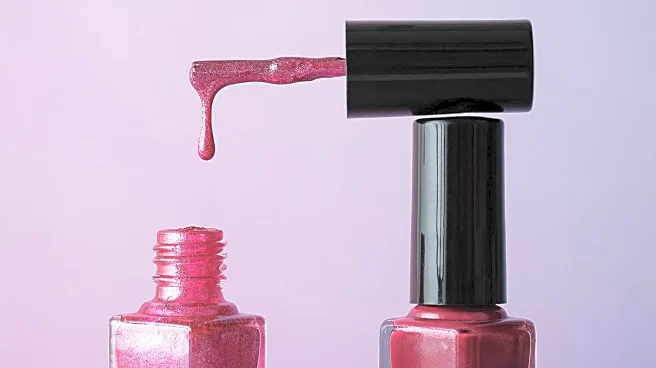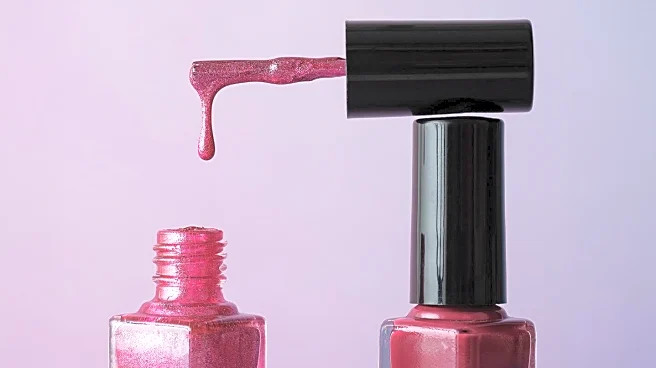What's Happening?
The European Union has banned Trimethylbenzoyl Diphenylphosphine Oxide (TPO), an ingredient commonly used in gel nail polishes, due to concerns about its potential reproductive risks. This ban, effective September 1, prohibits the sale and use of gel nail polishes containing TPO in Europe. The decision was based on animal studies that linked TPO to negative reproductive outcomes in male rats. Despite the ban in Europe, gel polishes containing TPO remain available in the United States, raising questions about their safety.
Why It's Important?
The ban on TPO in Europe highlights differences in regulatory approaches between the European Union and the United States. While the EU bases its regulations on potential risks, the U.S. Food and Drug Administration has not banned TPO, as there are no human studies proving its danger. This situation may prompt U.S. consumers to reconsider the use of gel nail polishes containing TPO, potentially impacting the beauty industry and consumer choices. The ban also underscores the importance of safety assessments and regulatory standards in the cosmetics industry.
What's Next?
As the European ban takes effect, U.S. consumers and industry stakeholders may seek alternatives to gel polishes containing TPO. Dermatologists suggest traditional nail polishes and press-on nails as safer options. The beauty industry may respond by developing TPO-free products to meet consumer demand for safer alternatives.
Beyond the Headlines
The ban on TPO raises broader questions about the safety of cosmetic ingredients and the need for rigorous testing and regulation. It also highlights the role of consumer awareness and choice in driving industry changes, as well as the potential for international regulatory differences to influence market trends.
